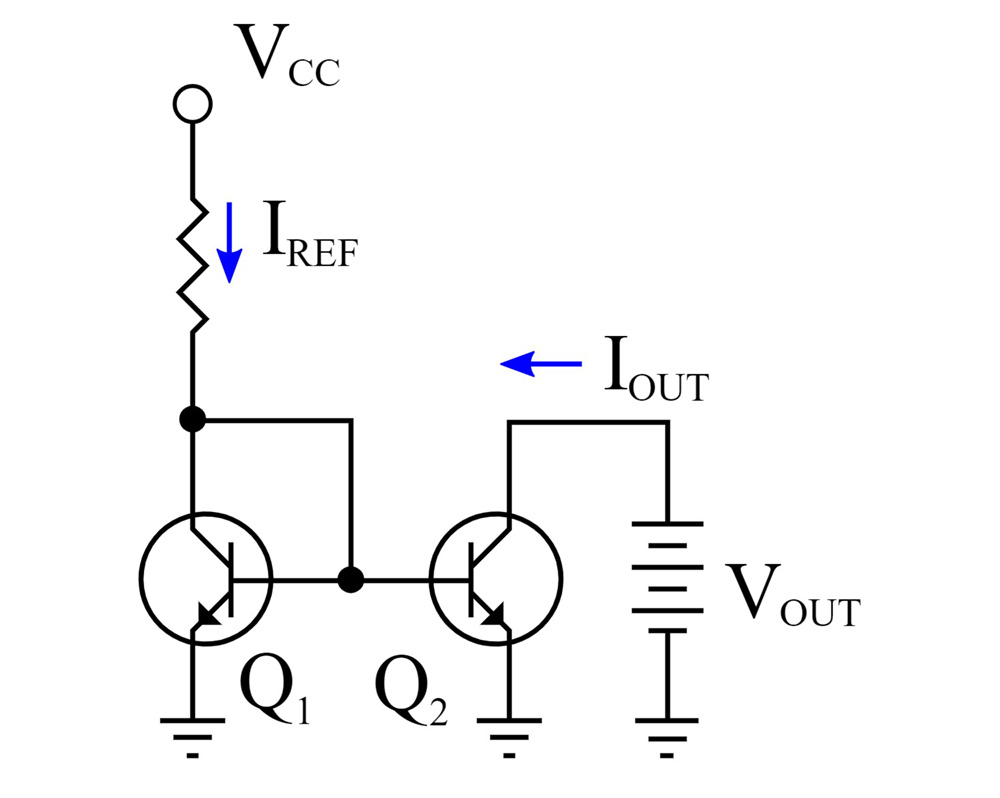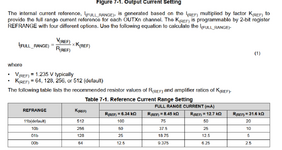Nucrino
Newbie level 4

Hello
I am trying to find a solution to control the REF pin of the TPS929160-Q1. The datasheets explains that the output current can be set with the Rref resistance, and I would like to know if anyone would have an idea to control this pin and by doing so control the output current ?
Would it be possible to put a voltage controlled current source there and by doing so create a Iref proportional to the voltage input ?
My requirements :
I cannot use a potentiometer, controling this pin with a voltage is basically my only option for this project.
I know that you can program the output current but i need it to be analog.
Thanks for your help !
Component Datasheet

I am trying to find a solution to control the REF pin of the TPS929160-Q1. The datasheets explains that the output current can be set with the Rref resistance, and I would like to know if anyone would have an idea to control this pin and by doing so control the output current ?
Would it be possible to put a voltage controlled current source there and by doing so create a Iref proportional to the voltage input ?
My requirements :
I cannot use a potentiometer, controling this pin with a voltage is basically my only option for this project.
I know that you can program the output current but i need it to be analog.
Thanks for your help !
Component Datasheet




